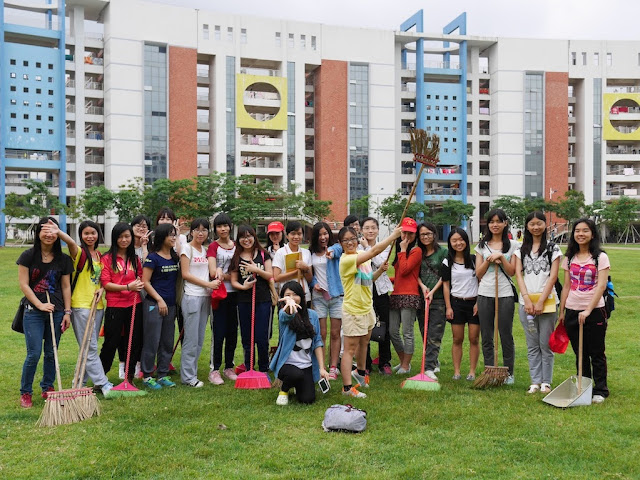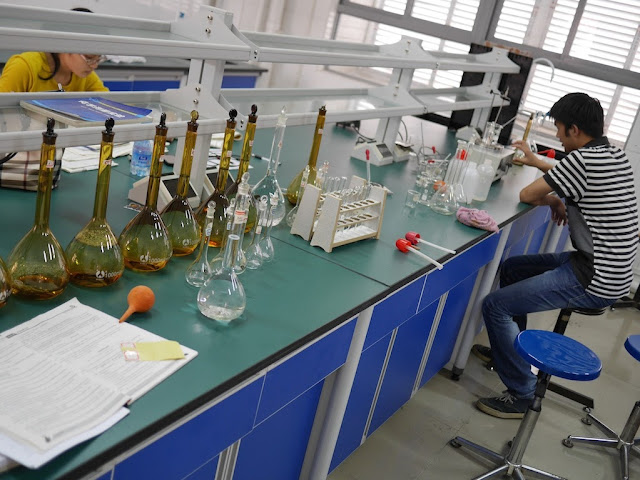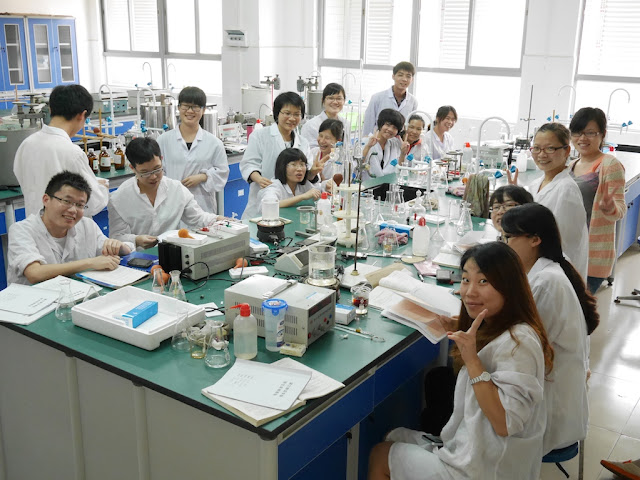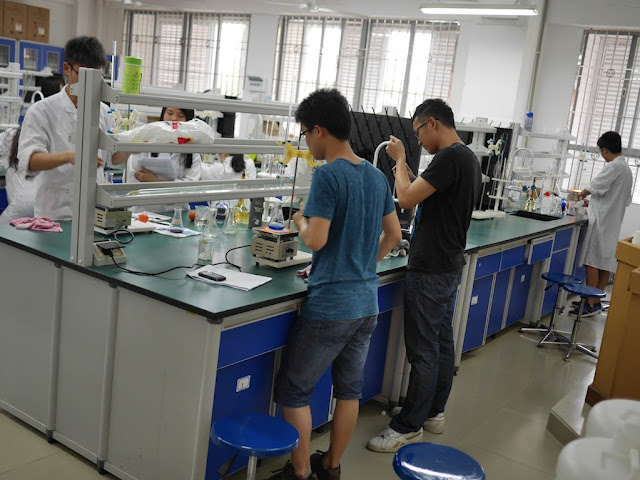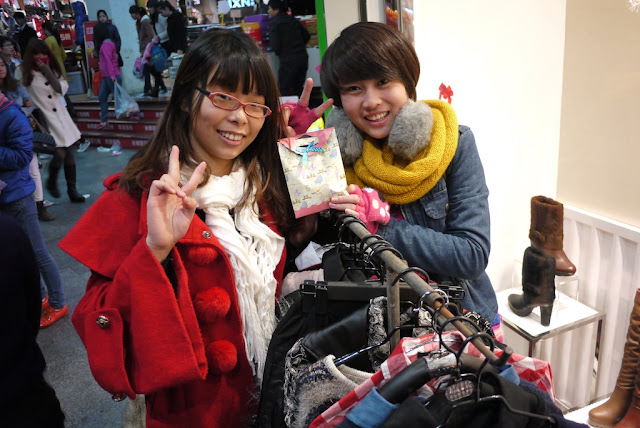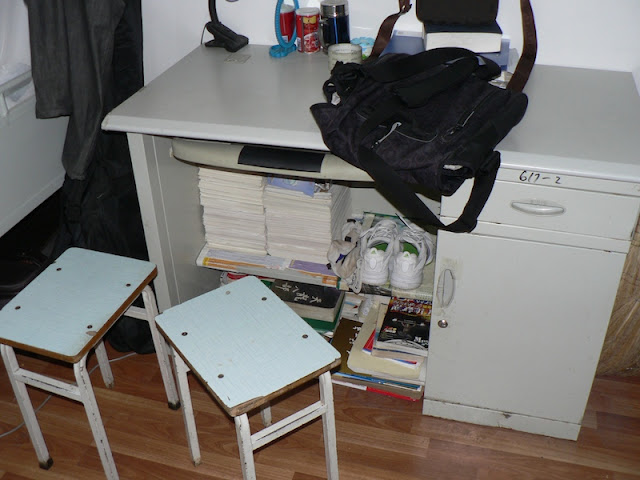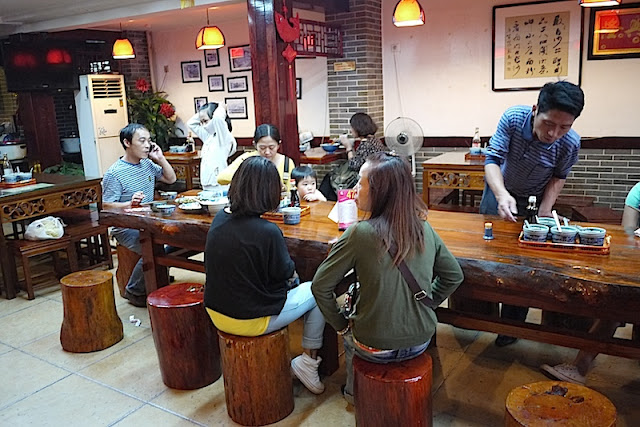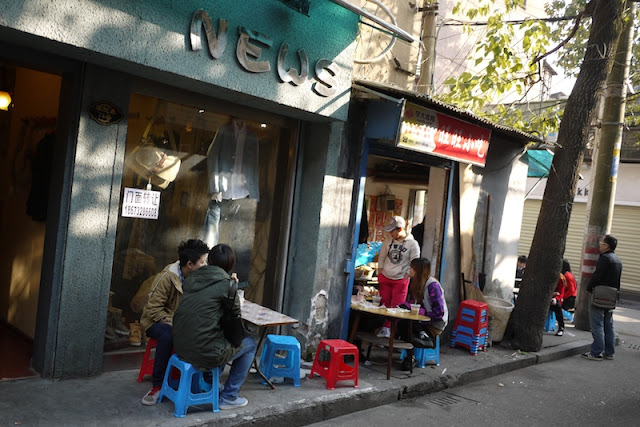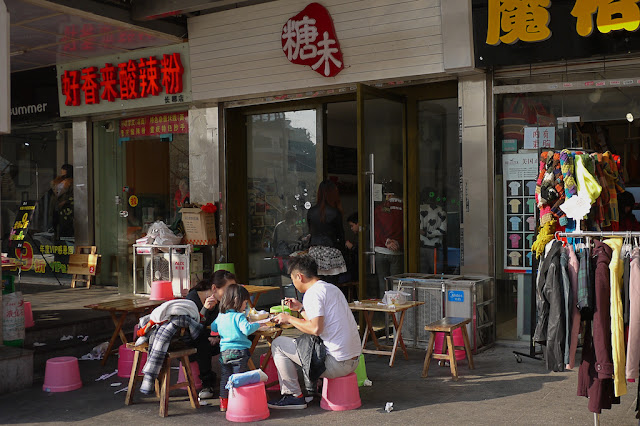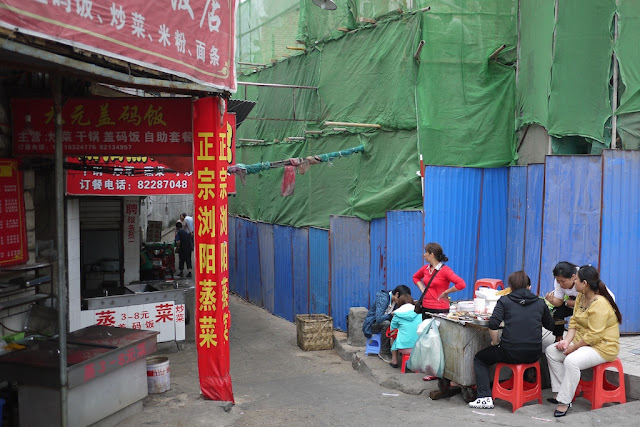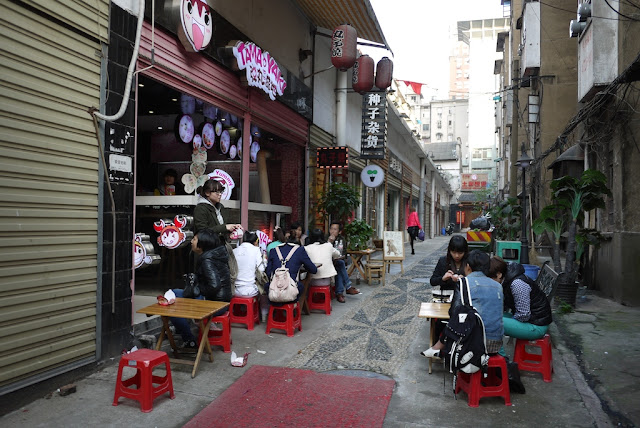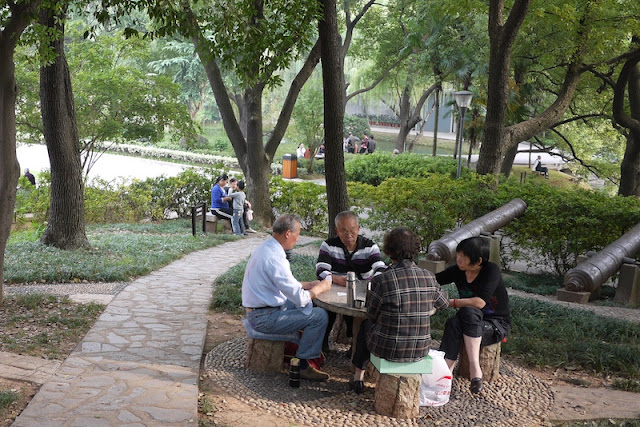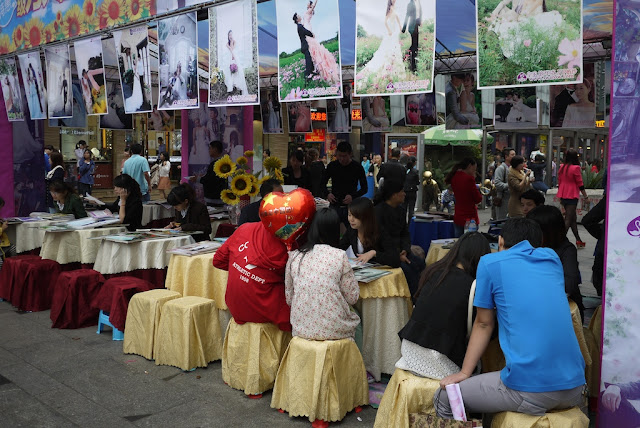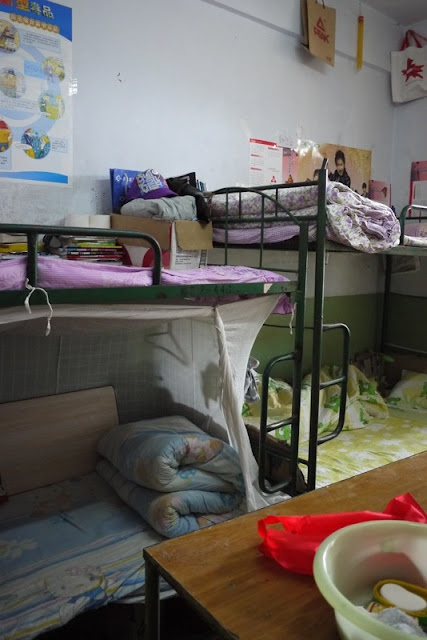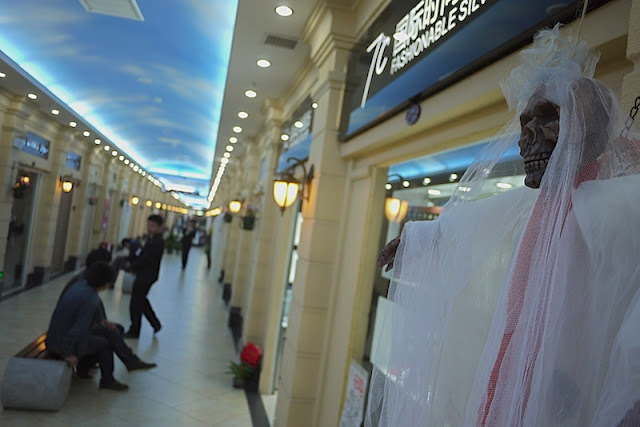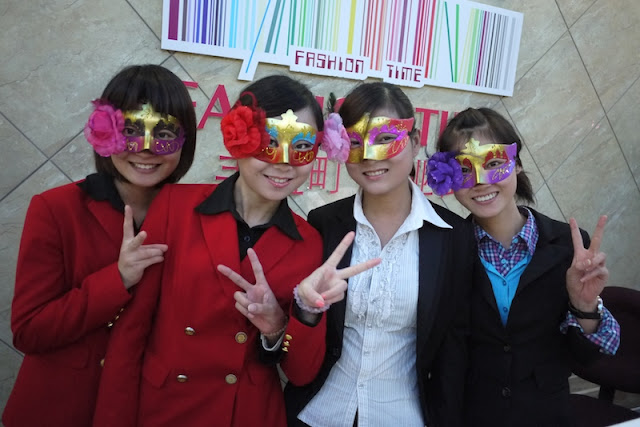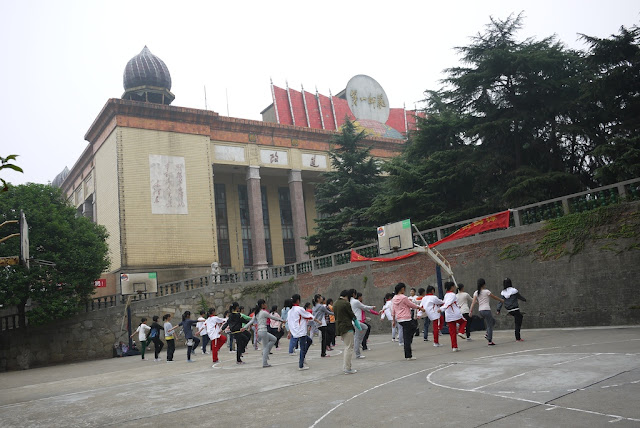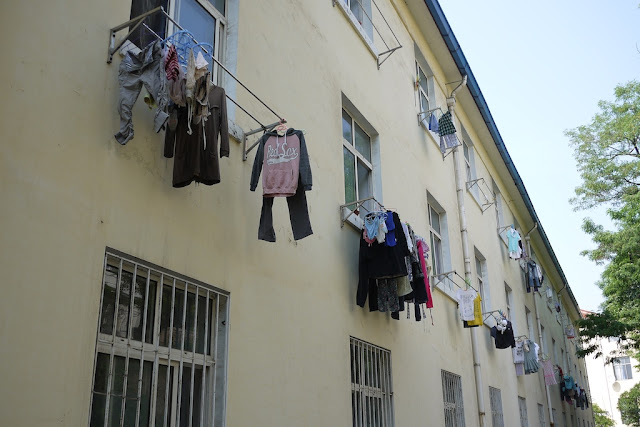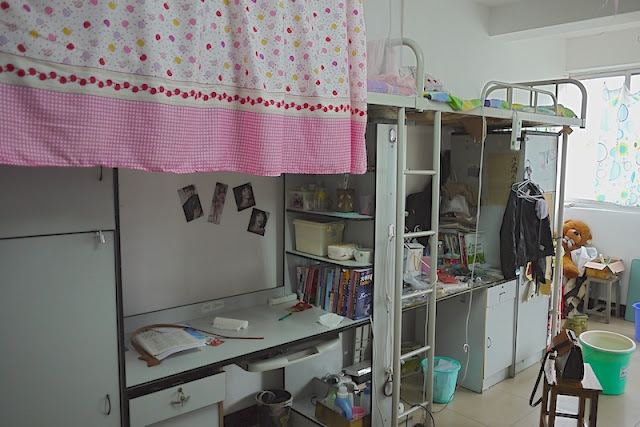In "For Tiananmen leader, a permanent exile" Ananth Krishnan's interview of Chinese dissident Wu’er Kaixi touches on a deal the Chinese government made decades ago:
Despite the two decades of unprecedented growth in China since 1989, [Wu’er Kaixi] believes the Party will face growing calls for political reform and anger against rising corruption — the same two demands that propelled protests 25 years ago.In "Tiananmen, Forgotten" Helen Gao shares what it has been like for some to grow up under that deal:
“They struck a deal with the Chinese people in 1992 to give people a certain degree of economic freedom in exchange for political submission. That was a lousy deal because both economic freedom and political freedom is something that, to begin with, the Chinese people are entitled to. But this deal is also expiring. Once you give people economic freedom, they will become a little bit more powerful and they want more freedom. Because they want to be able to protect the money they made, they want rule of law, fair competition.”
[In] the post-Tiananmen years, life was like a cruise on a smooth highway lined with beautiful scenery. We studied hard and crammed for exams. On weekends, we roamed shopping malls to try on jeans and sneakers, or hit karaoke parlors, bellowing out Chinese and Western hits.And in "The economic backdrop to Tian'anmen" Rob Schmitz highlights how even though people may want a new deal, whether because they feel "left behind" or a "little bit more powerful", people whose life has been more "like a cruise on a smooth highway" can have concerns about possible changes:
This alternation between exertion and ennui slowly becomes a habit and, later, an attitude. Both, if well-endured, are rewarded by a series of concrete symbols of success: a college diploma, a prestigious job, a car, an apartment. The rules are simple, though the competition never gets easier; therefore we look ahead, focusing on our personal well-being, rather than the larger issues that bedevil the society.
University of California’s Jeffrey Wasserstrom says 25 years later, with China’s economy now slowing down, there are signs the Chinese people want to renegotiate this deal – it’s no longer clear that making more money is an option. "Now I think there’s a sense that if you’ve been left behind, maybe you’ll be permanently left behind," says Wasserstrom. "And also, with the rising concern with issues like food safety, and heavy polluted air and water, I think it’s not so clear to people anymore that they can assume their children will live better lives than they did."These excerpts together tell a story which resonates with what I have learned in China. In the future, I will share some thoughts on some of the seeming contradictions and important issues they raise. But for now, I simply recommend reading the pieces by Krishnan, Gao, and Schmitz. They each have their own story to tell about China 25 years after June 4, 1989.
"People are angry, but people are worried that if something changes, would anything get better?" asks University of Michigan's Mary Gallagher. "I don’t think people in China have much confidence in democracy right now, and looking around them they may feel particularly people in the cities and people in the middle class may feel that democracy could end up even worse. It’s a much more segmented society, and people who are wealthy and who are middle class have much more to protect. And when they think about democracy, they think about majority rule. And I think majority rule is scary to them."



